In B.C., about 160,000 workers earn their living in the construction industry, with sectors including general construction, heavy construction and road construction and maintenance. There are approximately 42,000 employers, with 90 per cent being small businesses.
The industry has a serious injury rate three times higher than other industries in the province and last year, approximately 7,723 workers were injured in the construction industry. Over 1,200 of those workers were injured in a fall from an elevation, many suffering serious, life-altering injuries.
While much has been accomplished and improved in health and safety in construction worksites around the province, these numbers show us there is still much more that needs to be done.
WorkSafeBC’s Construction High Risk Strategy
We work with employers and workers every day throughout the province to reduce workplace injuries and eliminate traumatic deaths caused by occupational diseases. In the construction industry, we are helping to reduce the serious injury rate through the Construction High Risk Strategy — the implementation of risk-reduction tactics directed toward supervision and high-risk work activities that combine awareness, training, inspection and enforcement.
The Construction High Risk Strategy identifies sectors and subsectors with a high risk of serious workplace injury and a significant contribution to the serious injury rate.
Areas of focus for 2019
Our three areas of focus for 2019 are:
- Asbestos — residential and commercial: commonly used in homes and commercial building until the early 1990s, asbestos is the cause of the highest number of deaths in the construction industry. Workers exposed to it can develop and die from lung diseases such as asbestosis and mesothelioma. Workers exposed to asbestos three decades ago are showing the effects years later and workers performing maintenance, repair and renovation work today are also at risk.
- Falls from heights: falls are a leading cause of serious injury in construction including falls from ladders, scaffolding and other raised platforms. One of the areas of focus under this strategy is to help prevent falls from heights in residential construction where we are increasing awareness and education among residential prime contractors and general contractors around the proper installation and use of roof anchors.
- Crane operation: with approximately 250 tower cranes being operated in B.C., crane operators are working on sites that are becoming busier as the density of construction increases. Incidents involving cranes include contact with other cranes, with structures and high-voltage overhead powerlines.
In addition, all repairs, modifications or upgrades must be approved by the original manufacturer or professional engineer, but this doesn’t always happen. BC Crane Safety has been working for two years on a new crane operator certification framework that includes being ISO 17024 certified. BC Crane Safety explains this change as the crane operator “right to title” and “right to practice.” The new BC Crane Safety crane operator certification framework will be fully implemented in 2020.
Our high risk strategy enables us to work with industry to help demonstrate the importance of employers’ and workers’ roles and responsibilities for workplace health and safety, specific training and supervision and developing safe plans and procedures before beginning work.
Through industry partnerships with stakeholders such as the BC Association for Crane Safety and the BC Construction Safety Alliance, we are developing resources to support these initiatives. Inspections will focus on these areas and prevention officers will provide guidance and recommendations for improving health and safety.
For more information on the Construction High Risk Strategy, and to find resources to help reduce risk and injuries in construction, visit worksafebc.com/construction.


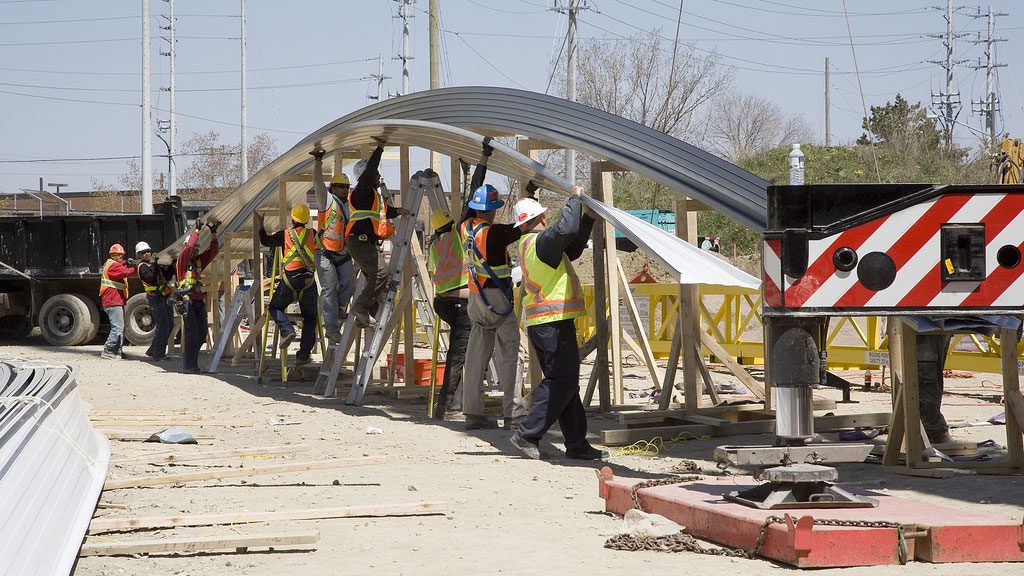
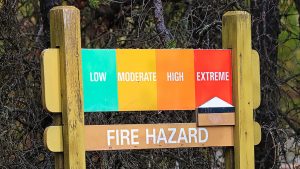

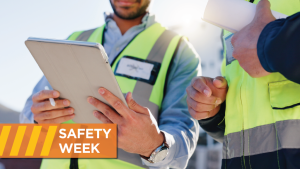


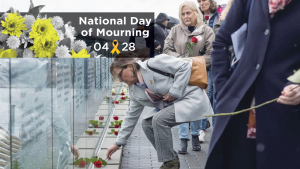
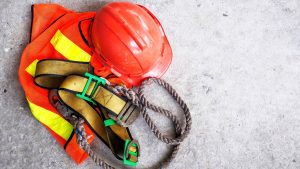

Recent Comments
comments for this post are closed